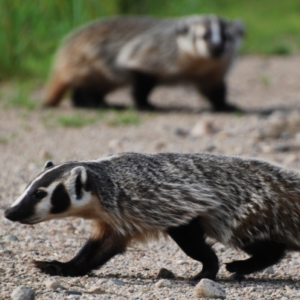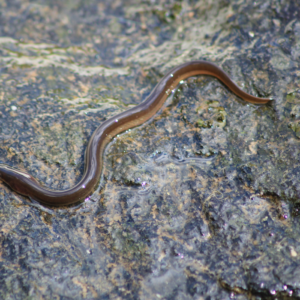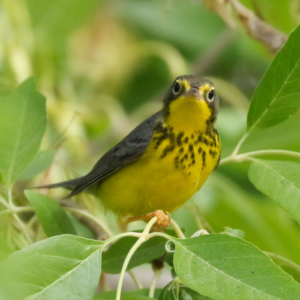Greater Sage-Grouse
This bird mostly eats the plant sagebrush. Unfortunately, they’re losing this food source as sagebrush grassland continues to be converted for cattle grazing. Save endangered species today by joining one of our campaigns!
Help End the ExtinctionVital Signs
- Common name: Greater Sage-Grouse
- Latin name: Centrocercus urophasianus urophasianus
- Conservation Status: Endangered
- Range: Alberta, Saskatchewan
- Lifespan: 3-6 years. Females tend to live longer than the males
- Size: 56-75 cm in length, 1.4-2.9 kg in weight
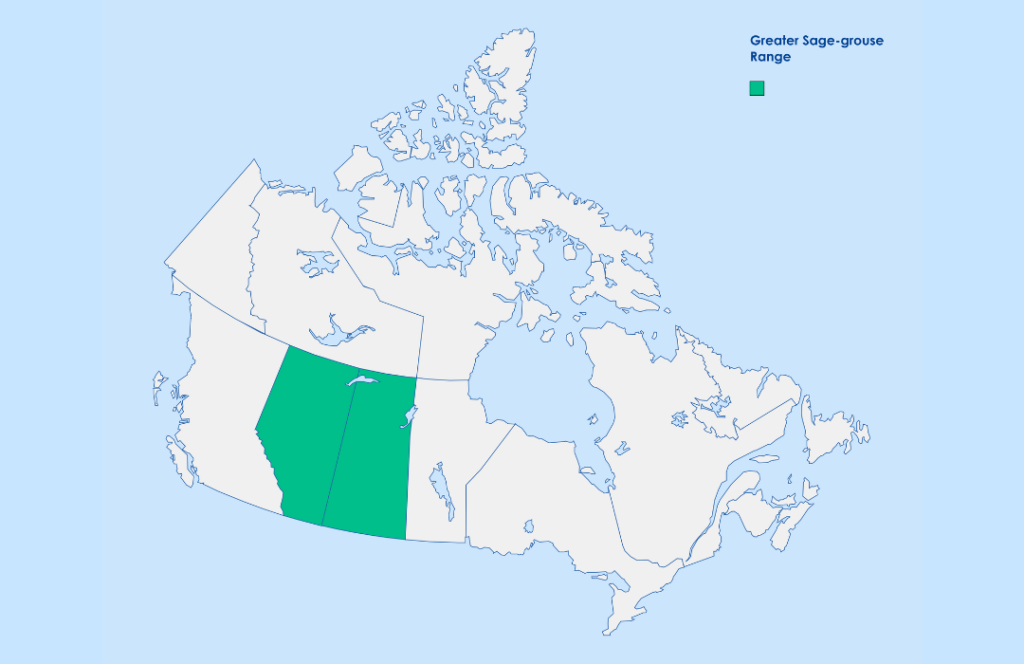
The Greater Sage-grouse is a brown-grey bird with white patterns. It has a long, spiky, pointed black-and-white tail and a black belly. This bird is often described as “chicken-like”, and is the largest grouse in North America.
Greater Sage-grouse Facts
- Phaios subspecies has been extirpated from British Columbia for over 10 years
- Males get together in groups to perform courting displays. The display involves strutting accompanied by “wing swishes”, fanning the tail, lifting the head plumes, and inflating and deflating the throat sac
- During the winter, they get their water by eating snow
- Usually, out of the displaying males, all the females only mate with one or two that showed the best performance
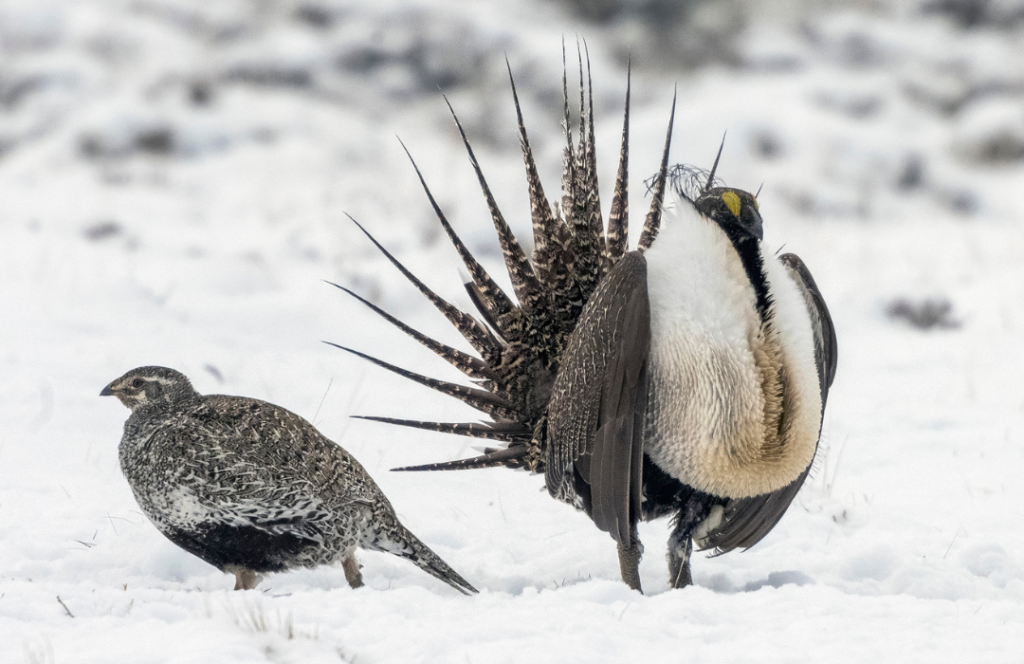
Threats
The biggest threat to the Greater Sage-Grouse is habitat loss. A lot of their habitat is being turned into farmland or grazing area for cattle. Another threat is the development of the oil and gas industry, which is happening on land where males perform their courting displays.
What’s Being Done
There is a recovery effort in place with the goal of reversing the decline of Greater Sage-Grouse populations in Alberta and Saskatchewan. Both provinces are also part of the Western Association of Fish and Wildlife Agencies (WAFWA), which helps protect the grouse’s range across North America.
The federal government also put an emergency order in place to protect the Greater Sage-Grouse in 2013.
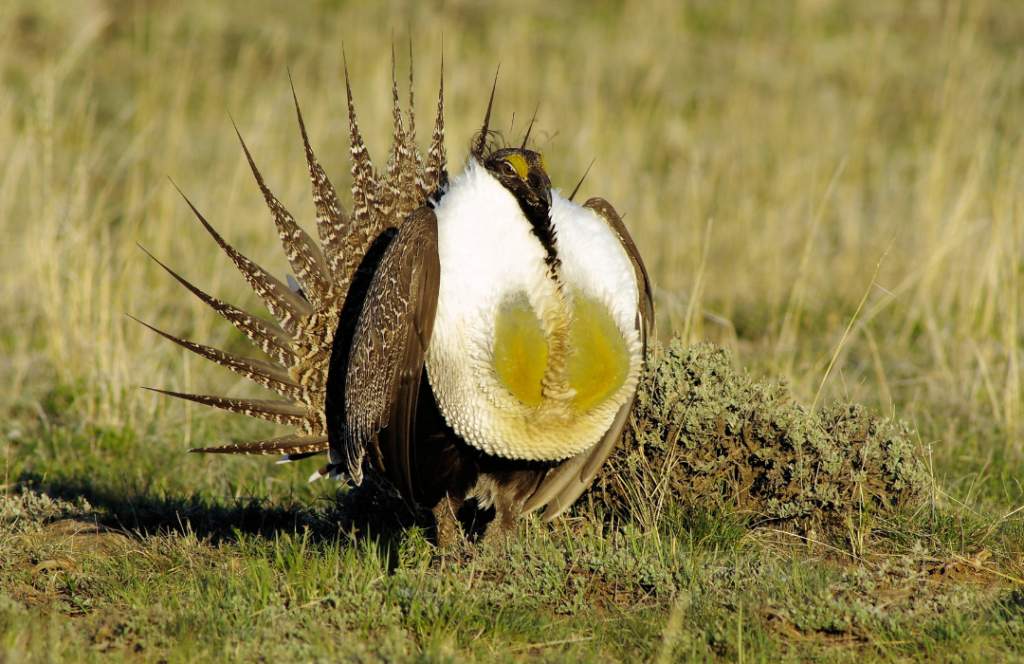
Canada has committed to the goal of protecting 30% of lands, ocean, and freshwater in Canada by 2030. This goal will help protect ecosystems, restore habitats, and fight climate change. All these things are a step in protecting Canada’s at-risk animals—so let’s hold the federal government to their promise.
How to Help
- Take Part: Help us identify Important Bird Areas (IBA) so we can protect them.
- Learn: Stay informed about endangered species by signing up for Nature Canada’s monthly e-newsletter.
- Find out more: Help us end the extinction by taking action for nature today—visit conservation websites like Nature Canada or join one of our campaigns!
Resources
- The Cornell Lab – All About Birds: Greater Sage-Grouse
- COSEWIC – Greater Sage-Grouse
- Ecojustice – Protections for the Greater Sage-Grouse

